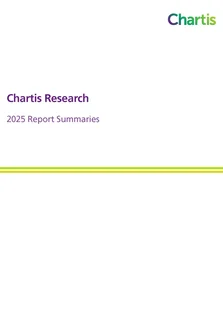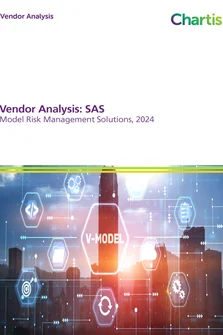<p class="Pa7">A focus on the delivery of pertinent information to the right people in a timely manner is a key part of financial institutions' review of risk management policies and procedures. Some of the most complex firms in terms of size as well as complexity of instruments and asset classes traded are striving for real-time risk intelligence. Many consider navigating the volatility of today's markets without the ability to understand and manage risk intraday to be very dangerous. There is a desire amongst them for tools permitting the close monitoring of risk positions at any time in live market conditions.</p>
<p>Conventional risk management technology architectures already employ generic business information (BI) applications that are tailored to furnish financial institutions with risk intelligence and perform analysis. Most of these architectures are more than a decade old and their embedded BI tools are not designed to aggregate enterprise-wide risk data, let alone for real-time performance.</p>
<p>Furthermore, technology vendors marketing integrated enterprise-wide solutions have so far failed to deliver on their promise of providing a real-time "single view of the world" when it comes to firms' risk positions. Instead, financial institutions are seeking component solutions that can link, aggregate and visualize data from many systems.</p>
<p>Fortunately, technological advancements, including faster and cheaper infrastructures, in-memory data servers and complex event processing (CEP) are making real-time risk insight a reality. A new generation of specialized BI vendors is using in-memory technology and CEP to make sub-second processing possible for large data volumes. Financial institutions no longer have to wait hours for a risk report but rather can now have these reports available in seconds.</p>
<p>This new breed of BI tools is deployed as components, an approach proving to be quicker to implement and more flexible and than standard packaged solutions. Firms are also seeking to reuse component tools for a number of different applications. For example, a firm might implement a BI solution for position keeping and then further customise it for real-time value at risk (VaR).</p>
<p>This paper investigates the factors driving the development of real-time BI tools. It discusses the improved online analytical processing (OLAP) technology and in-memory solutions that together make real-time risk intelligence possible. The paper features real-life examples of how real-time BI tools have been implemented successfully for different purposes.</p>
<p> </p>
<p> </p>
Only users who have a paid subscription or are part of a corporate subscription are able to print or copy content.
To access these options, along with all other subscription benefits, please contact info@risk.net or view our subscription options here: http://subscriptions.risk.net/subscribe
You are currently unable to print this content. Please contact info@chartis-research.com to find out more.
You are currently unable to copy this content. Please contact info@chartis-research.com to find out more.
Copyright Infopro Digital Limited. All rights reserved.
As outlined in our terms and conditions, https://www.infopro-digital.com/terms-and-conditions/subscriptions/ (point 2.4), printing is limited to a single copy.
If you would like to purchase additional rights please email info@chartis-research.com
Copyright Infopro Digital Limited. All rights reserved.
You may share this content using our article tools. As outlined in our terms and conditions, https://www.infopro-digital.com/terms-and-conditions/subscriptions/ (clause 2.4), an Authorised User may only make one copy of the materials for their own personal use. You must also comply with the restrictions in clause 2.5.
If you would like to purchase additional rights please email info@chartis-research.com


